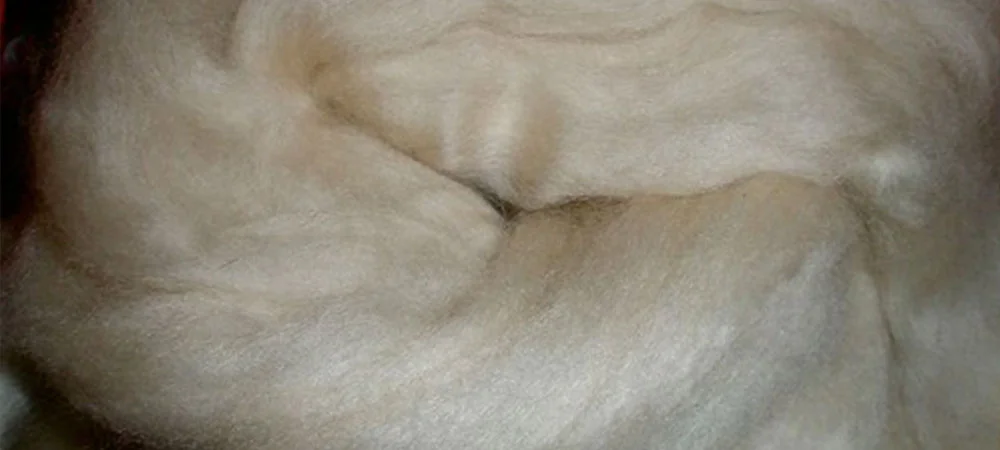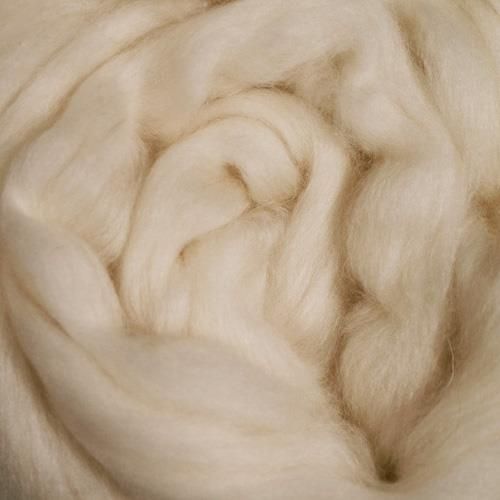How to Care for Your cashmere Garments and Keep Them Looking Like New
How to Care for Your cashmere Garments and Keep Them Looking Like New
Blog Article
Checking Out the Different Kinds of Cashmere a Natural Fiber for Ultimate High-end
Cashmere, a natural fiber, is frequently connected with deluxe and convenience. The more economical Chinese cashmere, the standard Scottish variation, and the high-end Italian blend, all tell a different story of this amazing fiber.
Comprehending the Elegant Nature of Cashmere
Cashmere, frequently related to luxury and comfort, holds a special appeal in the globe of all-natural fibers. This soft, lightweight product is coveted for its remarkable warmth and remarkable sturdiness. Unlike other natural fibers, cashmere combines insulation with breathability, supplying unequaled convenience throughout differing temperature levels. Its glossy coating and soft appearance contribute to its high-end appeal, justifying the costs price that often includes cashmere garments. Additionally, cashmere's inherent crease resistance and elasticity enhance its desirability, making it a recommended choice for costs garments and devices. Despite its fragile appearance, cashmere possesses a shocking durability, able to preserve its form and elegant feeling over time. This special blend of features cements cashmere's setting as an icon of beauty and indulgence.
Simply What Is Cashmere and Where Does It Originate from?

Offered these phenomenal top qualities, one might question the origin and makeup of this glamorous fiber. Cashmere is originated from the soft undercoat of cashmere goats, mostly located in Mongolia, China, Iran, and Afghanistan - is cashmere a natural fiber. These goats are adjusted to severe weather conditions, creating an incredibly fine, soft underfur as a defense against the bitter cold. This underfur, or undercoat, is what is gathered for cashmere. Each springtime, when the goats normally dropped their winter season layer, farmers comb the fine underhair, leaving the coarser hair behind. This precise procedure adds to the scarcity and high price of cashmere. With its origin in the rough landscapes of Asia, cashmere is a testament to nature's ability to create high-end from adversity.
Deciphering the Various Kinds of Cashmere
Recognizing the various types of cashmere is crucial to valuing the high quality and unique qualities of this glamorous material. Normally, cashmere is classified right into 3 kinds: raw, virgin, and recycled. Raw cashmere is directly obtained from the goat and is unrefined. This type typically has impurities such as dirt and rugged hair. Virgin cashmere, on the various other hand, is the pure, unrecycled material that is spun right into yarn for the initial time. It is the softest and most luxurious. Finally, recycled cashmere is made from virgin material that has been formerly utilized. It is re-spun and made use of in creating lower-cost cashmere products. Decoding these kinds is the very first step in comprehending the exclusivity and value of cashmere.

The Distinct Qualities of Each Sort Of Cashmere
Having explored the different classifications of cashmere, it ends up being evident that each kind boasts its one-of-a-kind collection of features. Mongolian cashmere, for circumstances, is renowned for its remarkable quality, due to Mongolia's rough winter seasons that produce longer and finer fibers. On the other hand, Chinese cashmere is typically more economical, though its much shorter fibers can decrease longevity.
Why Cashmere Is the Epitome of Luxury in vogue
Cashmere holds a prestigious placement in the world of fashion, concerned as an icon of high-end and class (is cashmere a natural fiber). Cashmere is derived from the fine undercoat of Himalayan goats, understood for their superior top quality fiber. Cashmere's unmatched comfort cashmere fibre and sturdiness make it a popular material in the creation of premium garments.
The Refine of Making Cashmere: From Goat to Garment
The trip of cashmere, from being an undercoat of a Himalayan goat to an extravagant garment, is an intricate one. With the development of springtime, farmers in Mongolia and China collect the woollen by combing the goats, making sure no injury is done. The obtained woollen includes coarse external hair and soft downy undercoat. This blend is after that painstakingly divided, with just the soft down utilized for cashmere. This raw cashmere is cleaned, colored and spun into thread. The yarn is then woven or weaved into materials. The last action involves washing and pushing to give the fabric its characteristic softness and warmth. From goat to garment, each action is a testimony to the virtuosity, skill and patience included in crafting cashmere.

Verdict
Finally, cashmere, with its natural elegance and unequaled comfort, preponderates on the planet of deluxe style. The variety in kinds, varying from the soft Mongolian, lightweight Indian Pashmina, affordable Chinese, typical Scottish, to the vivid Italian, exposes the convenience of this natural fiber. The scrupulous procedure of transforming it from a goat to a garment better includes in its exclusivity, making cashmere the embodiment of elegance and high-end.
Cashmere, an all-natural fiber, is frequently associated with high-end and comfort (is cashmere a natural fiber).Cashmere, frequently linked with deluxe and comfort, holds an one-of-a-kind attraction in the world of natural fibers. Unlike other natural fibers, cashmere combines insulation with breathability, providing unparalleled comfort across differing temperatures. Cashmere is acquired from the soft undercoat of cashmere goats, largely located in Mongolia, China, Iran, and Afghanistan. Cashmere is derived from the fine undercoat of Himalayan goats, recognized for their premium quality fiber
Report this page